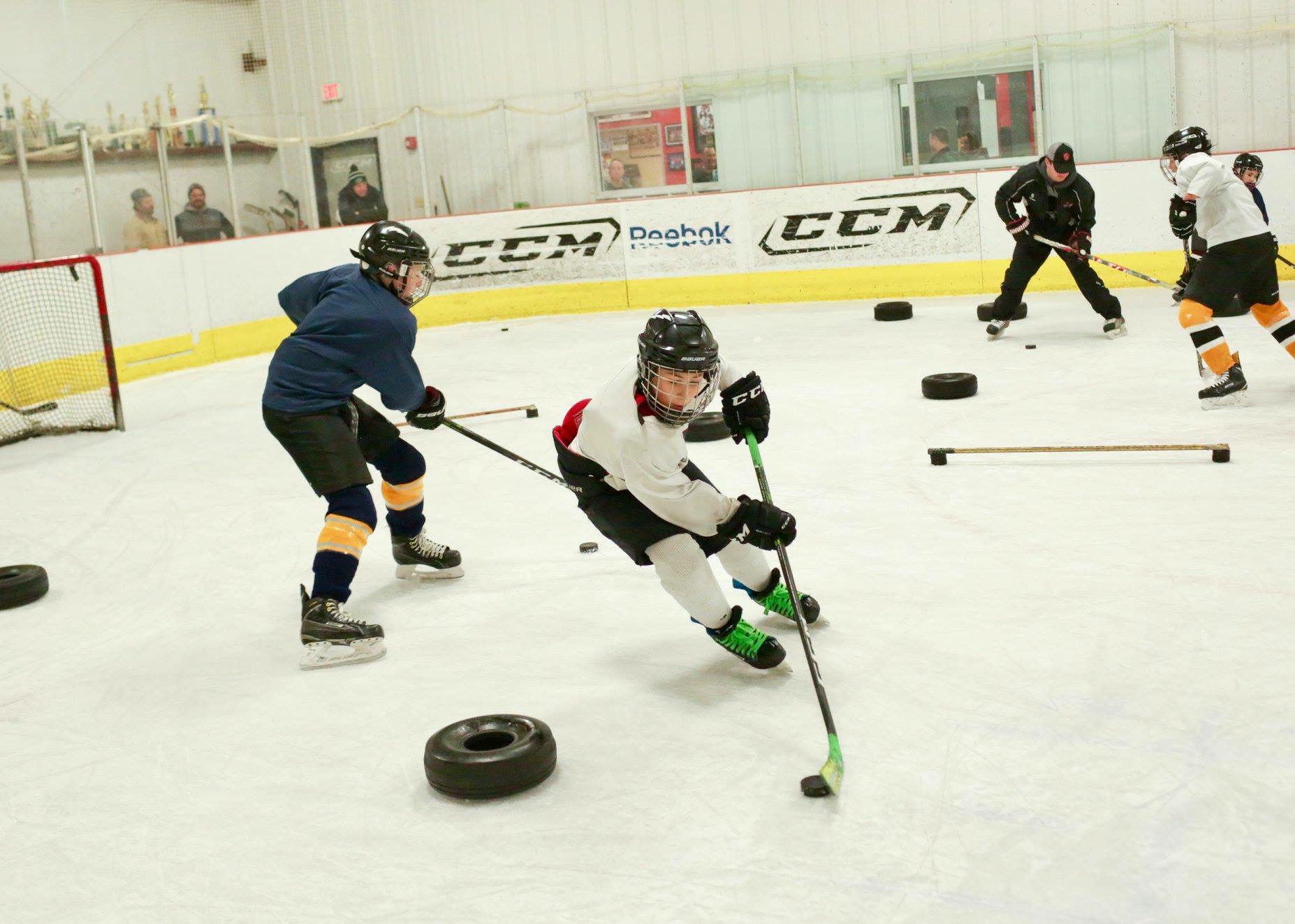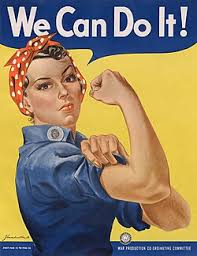1
Section One: The Fundamentals
A) What do we know about sport? What are common assumptions we make about sport and society?
|
Sport Builds Character The phrase building character could relate to many things. In the respect of dealing with problems this is very true for many athletes as sports promote planning and practice in order to deal with different scenarios. Although, this may not be all positive as there are many unnecessary pressures that relate to problem solving in sport. Most events in sport have an element of chance meaning there is a positive and negative outcome that are both possible no matter the amount of preparation. In an example of a team sport the difference in succeeding and failing in a sport event may cause a different reaction for the rest of the team. This can cause an anxiety toward future events where failure is possible and may cause someone to miss out on potential necessary things that could benefit their life and character building. |
Exercise 3: Notebook prompt
What are some other metanarratives about sport that you are familiar with? Find an image or video clip or draw something yourself that captures this idea…
So what? Why does any of this matter? Does it matter? As something we grow up with – live with – play through – we don’t often interrogate the meanings of sport, and perhaps we don’t want to.
But being aware of these assumptions and metanarratives is especially important, I would argue, because of the centrality of sport to our everyday lives, the role that sport plays in shaping our childhood and worldviews and….. [finish that thought]
| A metanarrative about sports is that the success in a sport is based solely on relative physical effort. While it is true that training hard will most likely benefit an athlete more than if they didn’t put in any effort, but an athletes success in a sport is measured by many different factors. These factors can be genetic advantages that allow athletes to reach higher potentials than others, an athletes recovery, diet, consistency, and sports IQ. At a young age we are given this narrative that if we put in max effort everyday that we will become a professional athlete when we should be playing the sport to enjoy it and put in effort at our own accord.
|
B) What is social justice?
Exercise 4: Padlet Prompt
Think back to the last section and try to look at some of the ideas we discussed differently. How might sport and social justice actually co-exist?
Record any images, video clips, or gifs you added to the padlet and identify a point of intersection between sport and social justice (can be an issue or a barrier or a debate or something you would like to explore in more depth in this course) . Screenshot or paste in your response below.
|
Parkrun is an event that is held in many locations around the world including many locations inside Ontario. It takes place at 9:00am every Saturday morning and is run by volunteers. It is designed to promote the sport of running, be a social setting, and help people get active. It connects the sport of running with a welcoming setting meant for people to enjoy with their peers. Personally it is a great way to start my Saturday to be productive for the rest of the day. Everyone is welcome to be an athlete and running the 5k distance is not necessary. There are many other options to complete the distance and there is no cut of time, allowing all athletes at every point of their journey to compete.
|
C) Social Justice Reading
(note: this activity is optional!)
D) KINESIOLOGY AND SOCIAL JUSTICE
Exercise 5:
Exercise 6:
What are the implications of bodies-at-risk discourse and the refusal to understand the health gap from a social justice perspective, according to the authors of this article?
| The bodies-at-risk discourse targets marginalized groups and blames them for failure to self-manage their body’s in order to stay healthy. This narrative then leads to the depoliticizing of social justice by having a deficit thinking which holds a race at a negative view and keeps the views of marginalized groups silenced. Also the refusal to understand the health gap from a social justice perspective will discredit the adversity that is necessary to overcome by marginalized groups. Therefore, shading these groups in a negative light in terms of kinesiology, health and disability. This creates an unfair and dangerous narrative for white superiority in terms of health. This can also lead to racist assumptions about different races and cultures diet and lifestyle choices.
|
Section Two: Sport Feminism
Exercise 7: Notebook Prompt
What is feminism? What does it mean to you? Choose one of the images below and explain how it captures your understanding of feminism (or find one that does speak to you and paste this into your pressbook with an explanation of why it matters to you.
| Feminism to me means equality, it means having equal opportunity for all people of all genders. The term in this photo “We can do it!” to me is saying that all genders can play in any sport, do any job, and learn any material. This meaning that if all genders can do these things there should be no reason all genders shouldn’t have the opportunities to do these things. This means introducing all genders to the same knowledge and opportunities at a young age and making this knowledge and these opportunities just as accessible to all genders. This also means overcoming the narratives that a certain gender is better than another at something and treating people as individuals rather that thinking of them in a certain light based on their gender.
|
Exercise 8: Notes Prompt (optional)
NB: Cornell notes is a great resource that teaches effective notetaking. Unfortunately, our system can’t save notes taken in the H5P app, so this is fully optional.
Exercise 9: Crossword Activity
Exercise 10: Padlet Prompt
| Word Cloud
|

|
|





